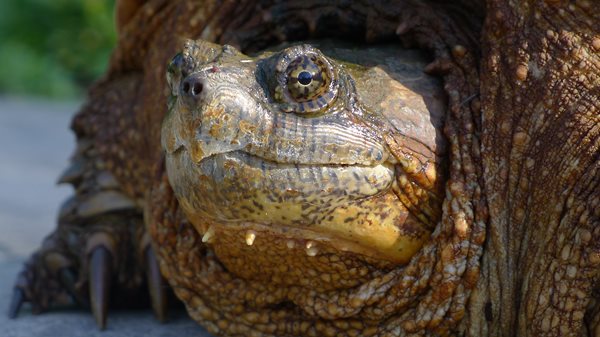Bonnie Park and the surrounding areas restoration project contain several high-quality floodplain wetlands. These wetlands are seasonally inundated, meaning they have standing water, as a result of snow melt, rain, and river flooding.
The water is slowly released from the wetlands and, in the process, get filtered through vegetation and soil. By holding onto floodwater and filtering it as it gets released, wetlands play a huge role in maintaining water quality in the watershed.
In addition to the water quality benefits, these wetlands also provide essential habitat for many plant and animal species. The restored areas of Bonnie Park will add to the already existing habitats and benefit a whole host of amphibian, bird, and insect species, many of which rely on the inundated wetlands for breeding activities.

While the more mature wetlands surrounding the project area support forest habitats, the restored areas will support mostly meadow and shrub-dominated habitats until they ultimately transition to forest over the course of several decades. The long-term result will be a large, contiguous area of high-quality floodplain habitat bustling with wildlife and providing critical water quality functions within the watershed.
And….as a possible bonus, over time there are some critically endangered plants known historically from this area that may one day be found again in these protected wetlands.
